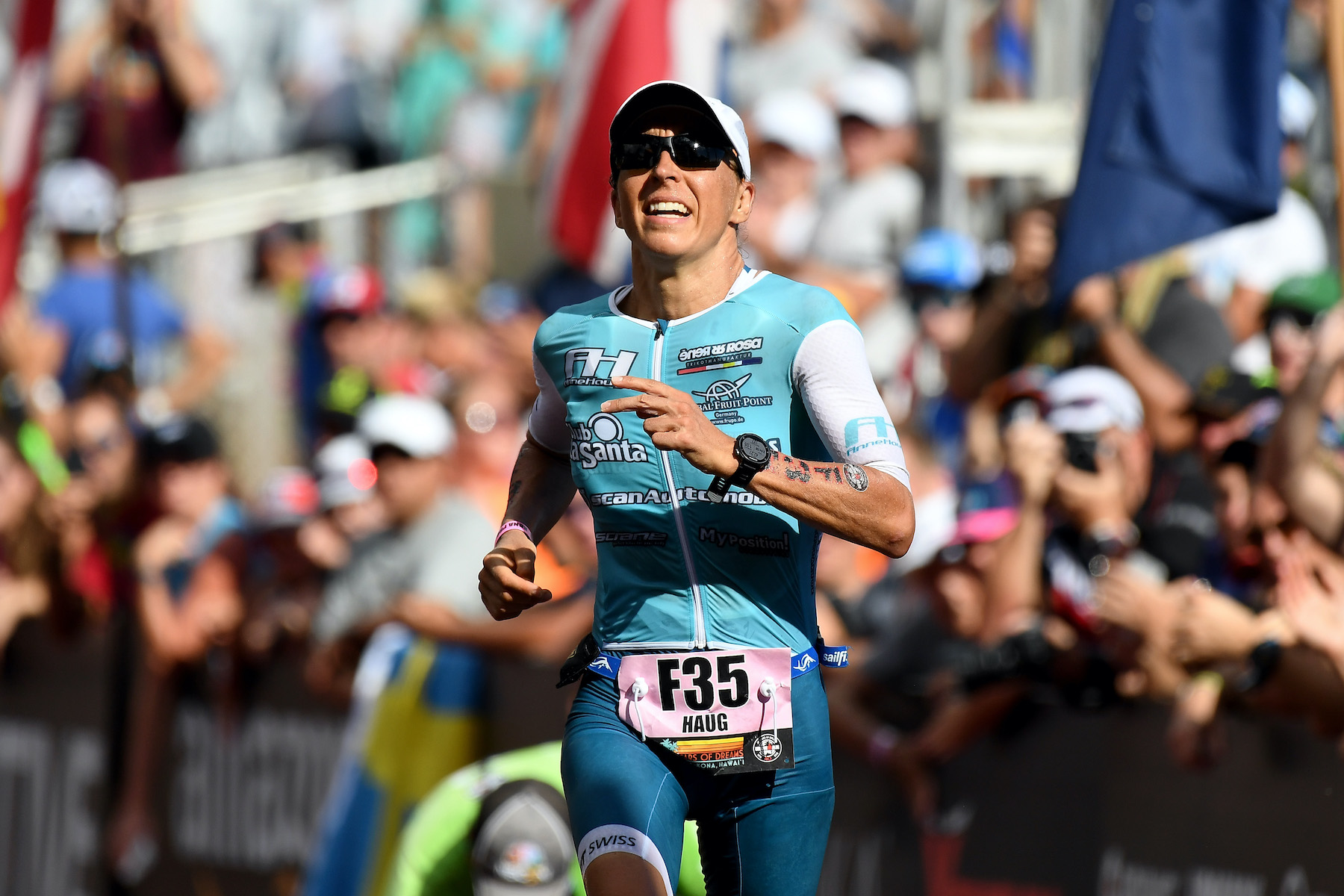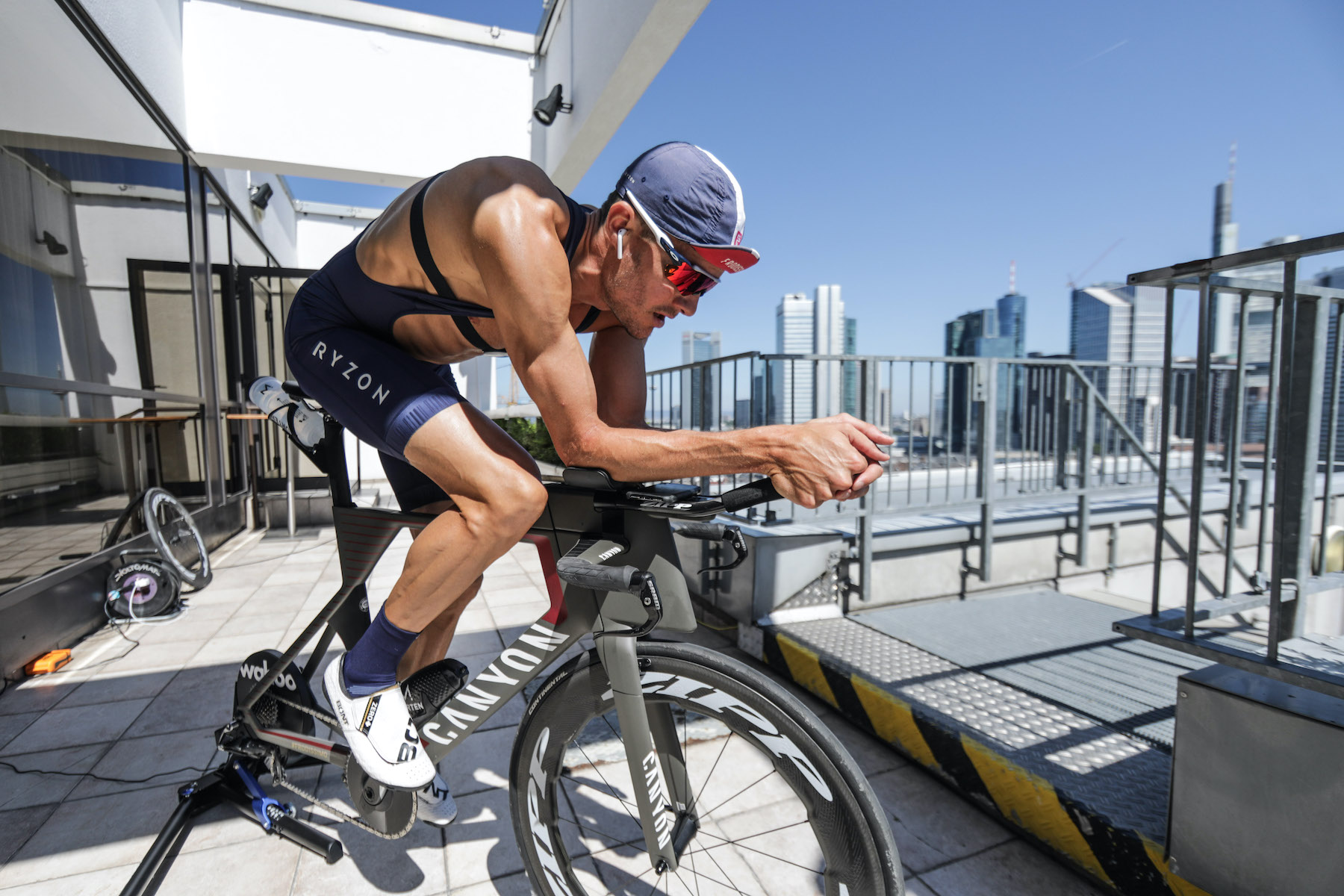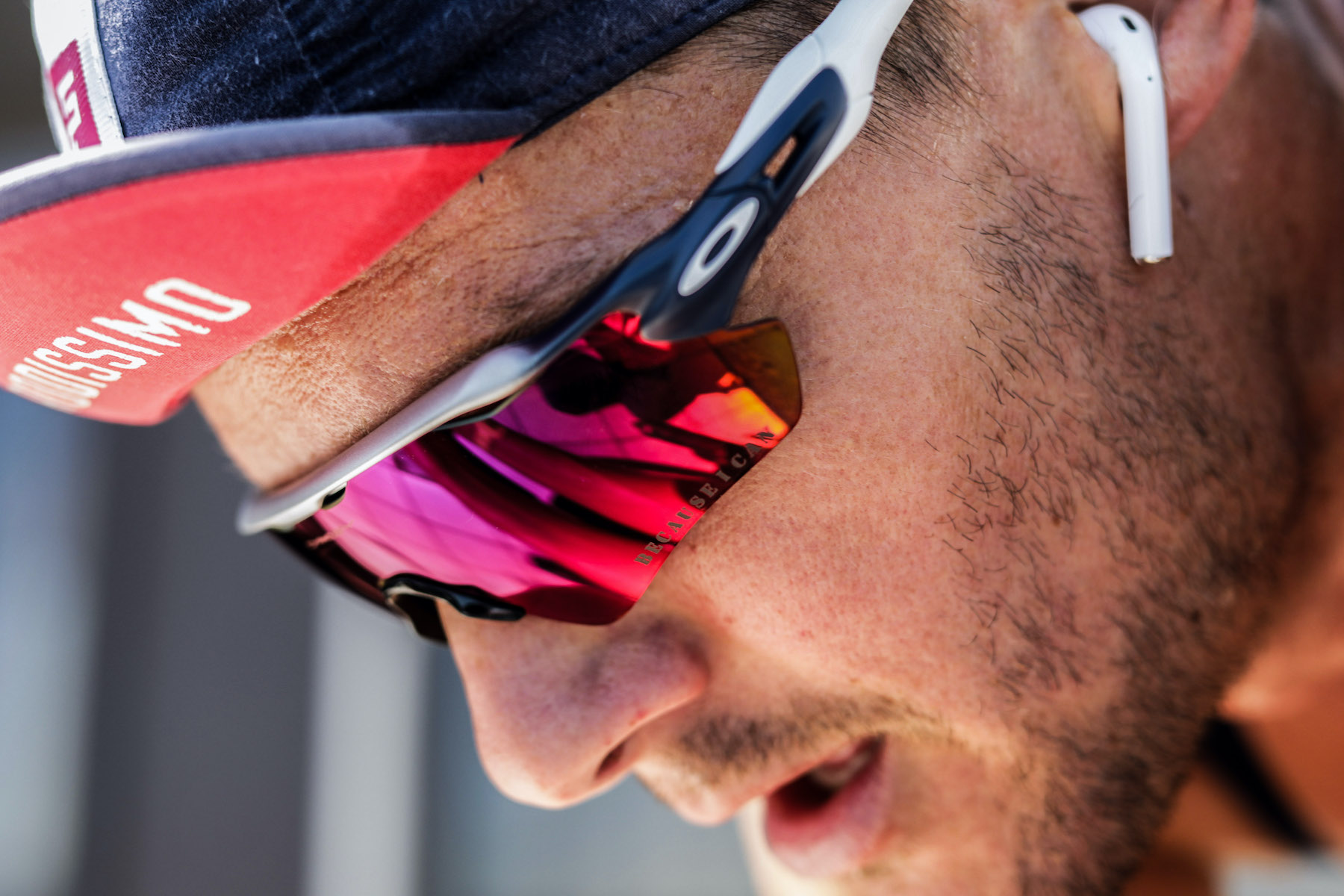Frodeno and Haug’s coach Dan Lorang on how to train for Ironman
He coached Frodeno and Haug to 2019 Kona glory, but what can we learn from Dan Lorang to power our own IM racing? Over to Dan, Jan and Anne

Jan Frodeno and Anne Haug wrote history when they triumphed at the 2019 Ironman World Championships in Kona.
Not only did they become the first German triathletes to win the mother of all triathlons on the same day, but Frodeno also became the first German to win Kona for the third time and Haug the first German woman to ever win on the Big Island. Furthermore, Frodono broke the course record that was set by another German, Patrick Lange, in 2018.
But it’s another first that really stands out from these stats: Frodeno and Haug are trained by the same coach, the Luxembourg born (and German resident) Dan Lorang. And that makes for another record: never before has a coach had his athletes win both the male and female elite Ironman World Championships on the same day.
Lorang has coached Frodeno for seven years and Haug for 15, having met at university before her elite days had begun. He’s also the coach and head of innovation for pro cycling team BORA-hansgrohe and the former trainer of the German Triathlon Federation U23 and elite teams.
“Since the beginning he was the guy to really put me on the straight and narrow, and make me understand what scientific base training is all about,” says Frodeno exclusively to 220. “His biggest ability is to slow me down, something that no one before has ever done. This enabled me to get consistency, and not just amazing training days but actually okay days and good weeks that make very good months and great years.”
So if you have Ironman dreams, from completing your first M-Dot to irons PBs, here you’ll discover how Lorang’s coaching of the sport’s biggest stars can also improve your own Ironman performances…
Consistency is key

Consistency is imperative in training, but also in the relationship with the athlete. That means working for long-term results, which don’t happen in the same year or the year after, but even three or four years ahead. This gives us time to know each other, develop, and get the best out of it. But, of course, every athlete is different, so the first thing a coach needs to do is to identify their athlete’s physiology (i.e. their metabolic profile) and then what workloads they can handle, and build-up from there.
“For Dan, the wellbeing of his athletes is always his top priority,” says Haug. “His goal is always to have a slow and very healthy progression and then, when you reach the peak, hold it as long as you can. But he’d never go overboard just for a short-term goal.”
Listen to your body
When you don’t see the athletes every day [Frodeno lives in Spain, Lorang Germany], it’s really important that they listen to their bodies and give good feedback. As a coach you need to manage the workload of each individual athlete. While there is a scientific base when you do performance analysis, to know exactly what kind of workload they can tolerate isn’t scientific, but develops in the long-term when you get to know the athlete more and more.
“Working with Dan is fantastic because I couldn’t report to pool deck every morning at 7am,” says Frodeno, who has two children under the age of four with wife and fellow Olympic gold medallist Emma Snowsill. “I’m not that kind of person. Sometimes I like to come at 6:30am, sometimes at eight, and this freedom allows me to execute the programme the way I think is the very best for me. The downside is that maybe technical things like running drills or working on efficiency is quite hard to do when we don’t see each other.”
Manage your strengths… and weaknesses

We always try to build a complete triathlete. There are times where we focus more on one discipline, but the approach is to create an athlete able to react to any race scenario. Ironman is an energy-management sport. What you invest in one discipline, you’ll miss out in the others. Jan at Kona 2019 raced in the first group from the start.
Anne was able to have a strong swim and be in the first group and that was the key to delivering a good performance, managing the energy on the bike and putting more into the run. If she were behind in the swim it would’ve taken more energy on the bike and that would’ve affected the run.
“I try to see triathlon as one sport, but you always have a preference or you’re stronger in one sport, unless you’re Jan or Alistair Browlee who are strong in every discipline!,” says Haug. “I’m a good runner and in the early days I tried to work on my weaknesses, but then you sacrifice your strengths and I don’t think that’s the right approach. Mentally you always want your strength to be really strong.”
Establish training phases
We have a first phase of technique and VO2 max where we increase the aerobic capacity and get them ready for the season, then a phase more focused on strength and endurance, before a third one where we focus on economisation closer to competition with race intervals. We repeat these phases 2-3 times per year and normally after a race we start them all over again, but they’d be shorter.
“When you’re going to Ironman racing you also need to build trust. The biggest challenge was to trust the fact that you can actually get a lot of benefits from intervals and not only training long,” believes Frodeno. “Now I trust him [Lorang] quite blindly to the point that I don’t even look at the phases anymore. I recognise the pattern, but really I just enjoy each phase for what it is.”
Manage the move to Ironman
It is difficult to step up from short-distance races to Ironman, but Jan won Kona two years after moving up and Anne did the same. With Anne the approach was different because of her physiology, but in general the approach was similar. It takes a decent amount of time for the body to adapt to long-distance training and racing.
You can try to do it faster, but there’s a big risk of injuries and failing. And the balance between the right load and doing something wrong is a delicate one. It’s important that the athlete gives good feedback and listens to the body and the coach manages the load and doesn’t go over the limit, because that’s always the risk in high performance.
“The hardest thing for me when moving up from ITU races was the bike,” says Haug. “In [draft-legal] ITU you’re on a road bike and ride steady in a pack, but you also have high peaks when you go around the corners. In 70.3, on the other hand, you have to push it for so long at a strength-endurance pace and that was really new for me. We had to work a lot on that because, shape-wise, I’m not a big athlete and it’s hard to push the high watts.”
Balance in and outdoor riding

I plan the bike training following the same periodisation pattern. With the bike you can still do a good amount of volume indoors on the turbo trainer, but with less risk of injuries.
“Dan doesn’t differentiate between indoor or outdoor riding; he gives me the programme and I decide depending on the weather and if I can do it inside or not,” says Frodeno. “It’s easier to do intervals on the turbo, and also a way to avoid traffic and I enjoy it.
I sometimes do hill reps indoors for running, just because it allows me to cut the rest, but I almost always run outside. Although I just got myself a treadmill, so I’ll see if I like it or not.”
Build run strength over speed
Even for the run training sessions we have a speed/technical phase, followed by a strength and an economisation phase. Hill reps are used to increase the VO2max and long uphill runs performed at low intensity are used for strength (4-5 x 2km). Finally, the long 25km runs are targeted in the economisation phase with intervals of 1km at race pace and 1km easy. With the run training it’s always important to build-up steadily to avoid injuries.
“Running for Ironman racing is more about strength and endurance than speed,” says Haug. “This year I did a lot of hill reps and long intervals — but I do the speed work mostly for the preparation for 70.3 racing. This year I couldn’t do much of the high-intensity work because my body just wasn’t ready to do that [because of plantar fascia injuries].”
Race sharp
My athletes never use races as a training session. When we go to a race, we go there to show performance. Racing is also like a performance diagnostic: we prepare the race well and we go to see if the performance is where we want it to be. I never see a race as a preparation.
“I can’t take races as training sessions because I’d lose sharpness,” says Haug. “If I’m on a start line, I always want to go all-in.”
Temper nutritional extremes
Anne and Jan have professionals and experts who give them advice for race nutrition plans. I also speak with them before the race, but the nutrition expert makes the proposal and, when we all agree, we’ll use it in competition.
They don’t have a nutritionist for everyday nutrition and fuelling, but mostly because they already have great experience and they’ve already worked with many professionals so they know what their needs are. Frodeno is pescatarian [for both ethical reasons and to avoid meat contaminations while travelling] and enjoys healthy and fresh food.
“I never believed in extremes, although I tried low fat – it worked before the 2008 Olympics [which Frodeno won] – high fat and that never worked, high carb… I tried everything and found that extremes never really work for me. The more I restrict myself, the worse I go.”
Develop your own tri psychology

Both Anne and Jan have worked on racing psychology in the past, but they do it less now. Like with the nutrition, they’ve developed their own expertise. Haug works with a sport psychologist and they speak once a month.
“Not really often, but it’s pretty helpful,” she says. “Ahead of big races we speak more often and we normally work on how we approach racing, not letting the pressure be too high on yourself, and when training only trying to concentrate on yourself and not on what everyone else is doing. I did a lot of work on racing psychology, but I also found it really hard, not impossible, to find a really individual solution in terms of mental workout,” says Frodeno.
“I picked the best from the people I’ve met and worked with throughout my career and read a lot about the topic. Nowadays I think a lot about race tactics and training situations, and over the years I think I got it right.”



